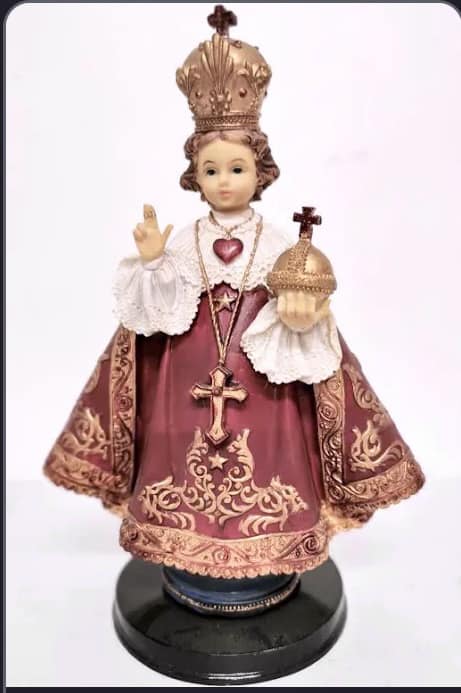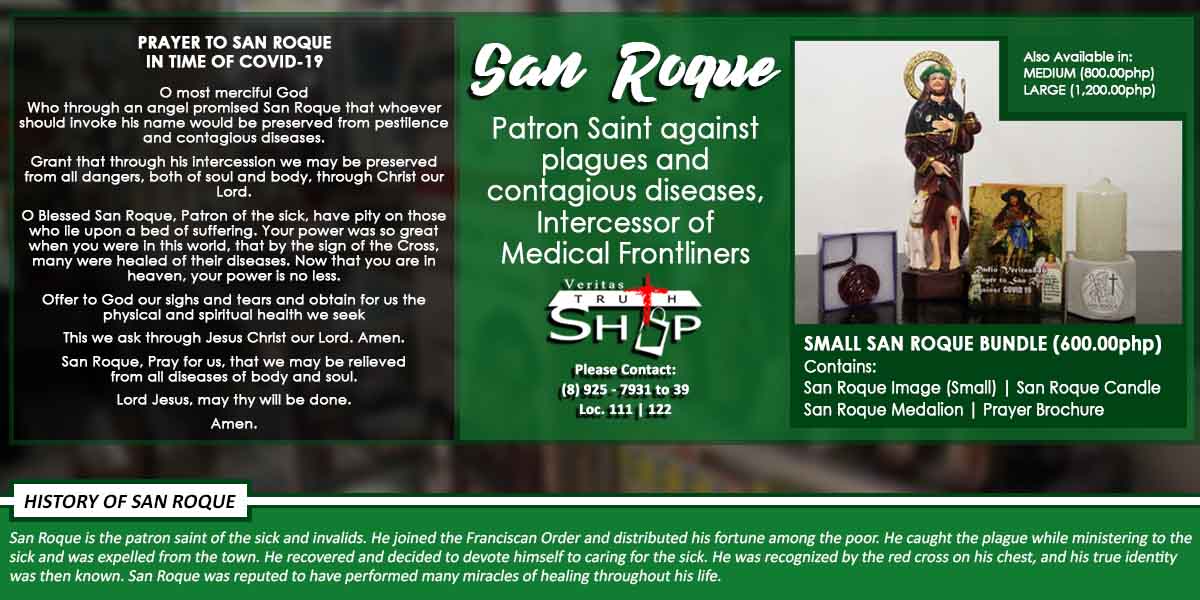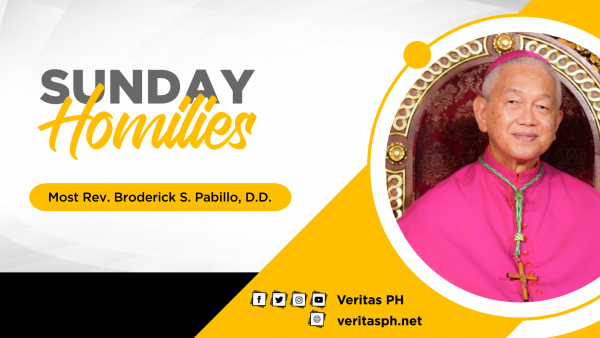551 total views

The feast of the Sto. Niño is celebrated today, (”only in the Philippines”). And because it is inextricably connected to the child Jesus this confirms that the country has the longest celebration of Christmas, (beginning September even; cf s1S#67 1/16/22).
Today’s gospel from Mathew (18:1-5, 10), which followed the itinerary set by Mark (9:30-37) is placed towards the end of Jesus’ ministry in Galilee and moving towards Jerusalem. The reading mentions the word ‘paidion’ ( παιδίον ) four times, 18: 2,3,4, 5. In the Bible, there are several terms used in referring to ‘child’ but this carries a nuance than simply the generic meaning for child or children, (cf s1S#49 Child 9/19/21). A diminutive form of “pais”, it means a little child or young child and could either be male or female, as attested by the Aramaic word ‘talitha’ uttered by Jesus, the equivalent of ‘paidion’, in addressing Jairus’ daughter,(Mk 5:21- 24, 35-43). Furthermore, that equivalent Aramaic word could mean both ‘servant’ and ‘child’, with the former as the most common, according to scholars.
With this particular meaning, Jesus is teaching his disciples regarding the issue of rank among them and moves the discussion to the level of servanthood through his symbolic gesture, of taking a child and putting it in their midst. A child in first-century Palestine would symbolize not so much innocence or un-spoiledness as a lack of social status and legal rights, a ‘non-person’ totally dependent on others for nurture and protection. And of course, one could not expect to gain anything socially from a child either.
Thus Jesus moves totally away from one of priority or eminence to one of service and availability. There is no superior or status in the reign of God; authority is totally identified with service (Mt 20:25 off). As Jesus said, he came not to be served but to serve. A disciple, therefore, is first called to resemble the child, a nobody, a servant, even. And only secondly is he called to receive the child. For in the perspective of Jesus even the most apparently insignificant are important because they too (and especially) carry the name of Jesus and belong to him, (v10).
As we honor the child Jesus, may our annual celebration lead us to the imitation of him, a child relying totally on the Father, and obedient to him to the point of becoming a servant to all by offering his own life. And with the Sto. Niño being the symbol of the beginnings of our Christian faith, may we continue also the mission of Jesus by bringing others to the faith and rejuvenating those who are already in the faith.
Pit Señor
Some historical notes on Sto. Niño
Along with Magellan’s Cross, the Sto. Niño de Cebu is the oldest surviving Christian artifact in the Philippines. It was a baptismal gift of Ferdinand Magellan to Rajah Humabon (Carlos) and his wife, Humamay (Juana) in 1521. It is made of dark wood, depicting the Child Jesus, about 12 inches high, in Spanish imperial robes, a golden crown and scepter.
In 1565, Miguel Lopez de Legaspi burned Cebu when his efforts at peaceful colonization were rejected. In the ruins of the destruction, a Spanish mariner found the image of the Sto. Niño in a pine box. Ever since its rediscovery (“Kaplag”), the icon is believed to be miraculous. It is one of the most beloved cultural and religious icons in the country.

















